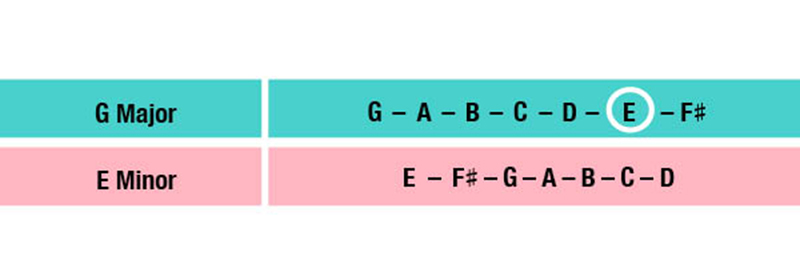

They felt this way because A natural minor has no leading tone. You can emphasize A all you want, but this pitch collection will still gravitate toward C major. You can do this in a couple of different ways: you can drone or repeat A, you can start and end your melodies on it, and you can make sure that it occurs in metrically strong positions.Įuropean classical composers found the natural minor scale to be unsatisfying. If you treat A as your central pitch, then this collection of pitches sounds like A minor rather than C major. So what is the difference? It comes down to emphasis. If you rotate the C major necklace three steps clockwise, it becomes the A natural minor scale:Ĭ major and A natural minor contain the same seven pitches. It’s considered to be a source of tension as it pulls against the tonic, and the convention is that you want that tension to be resolved. The active ingredient in this chord is B, the leading tone in C major. In C, that’s the G7 chord, the notes G, B, D, and F. The other most important chord in C major for Western tonal theory purposes is the dominant chord, the one you build on scale degree five. You can make a C major chord by starting on the tonic and going around the circle clockwise, adding every alternating scale tone: C, then E, then G.

Click the image to play it on the aQWERTYon.Ĭ itself is the tonic, the root note, harmonic home base. But they sound and feel completely different. In particular, there’s a lot of confusion around the fact that major keys and their relative minors share the same key signatures and (mostly) the same pitches. Relative minors are very widely used but not so widely understood. Every major key has a relative minor key.


 0 kommentar(er)
0 kommentar(er)
